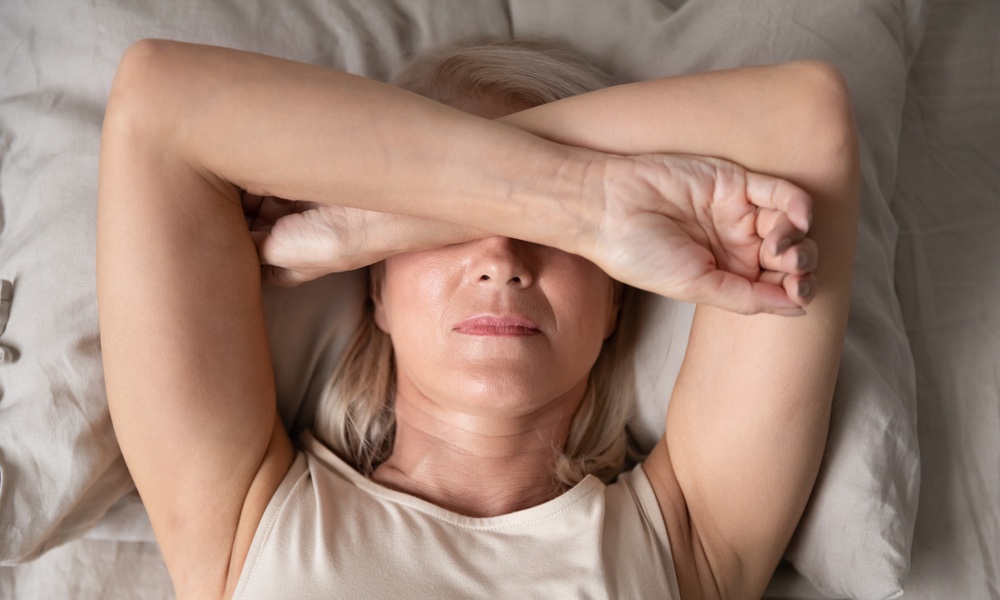The demands of young children can mean that previously active parents no longer head to the gym after work or play softball or Ultimate Frisbee on the weekends. At the same time, parents tend to believe being active comes naturally to children and they should worry more about calming their children down than making sure they are active.
That may have been true before LCD screens became babysitters in the homes of many working parents, and parents' and children's fitness began to decline.
Parents' activity levels have a big impact on how active — or not — their young children are, according to a British study which found that the example mothers set determined how active or sedentary their children were.
So, parents who forgo their own exercise regimens may be unintentionally raising children who are couch potatoes. And the fallout from parents who simply never exercise much at all is even worse.
Physical activity is good for kids. It helps them develop strong muscles, effective coordination, and useful social skills. It also impacts their weight. Physical activity is good for adults, too. It positively affects mood, helps prevent or modify acute and chronic disease and is especially important for prevention of cardiovascular disease and overweight.People tend to assume that young children are naturally active and require little adult modeling to encourage these behaviors. This study suggests that's not true.
The current recommendations for adult activity call for 150 minutes per week of mild to moderate exercise — such as brisk walking. It is not clear how many parents of young children manage that, but as the recent British study makes clear, exercise habits within a family can impact other members.
Researchers specifically explored how mothers’ activity levels affect their young children.
Earlier research has found that active mothers tend to have active school-aged children, but there had been little research on preschoolers, perhaps because people tend to assume that young children are naturally active and require little adult modeling to encourage these behaviors. This study suggests that is not true.
Judging from this sample, most moms don’t exercise enough. Only half of the moms in the study engaged in 30 minutes of mild-to-vigorous exercise even once a week. The data also showed that mothers and children tended to be active at the same times throughout the day.
But the biggest news was that the more active a mother was, the more activity the child did. This was most apparent in early and late in the day. In general, for every minute of moderate-to-vigorous activity a mother engaged in, her child was more likely to engage in 10% more of the same level of activity. Similarly, the more sedentary a mother was, the more it was reflected by an increase in her children’s inactivity.
It will be no surprise to learn that mothers of more than one child were generally more active than those with just one child.
The findings should encourage mothers of young children to be more active and encourage their children's activity. The researchers hope the study will also make mothers more aware of the negative message their own sedentary time — in front of the TV or computer, for example — sends to their children.
The study is published in Pediatrics.




